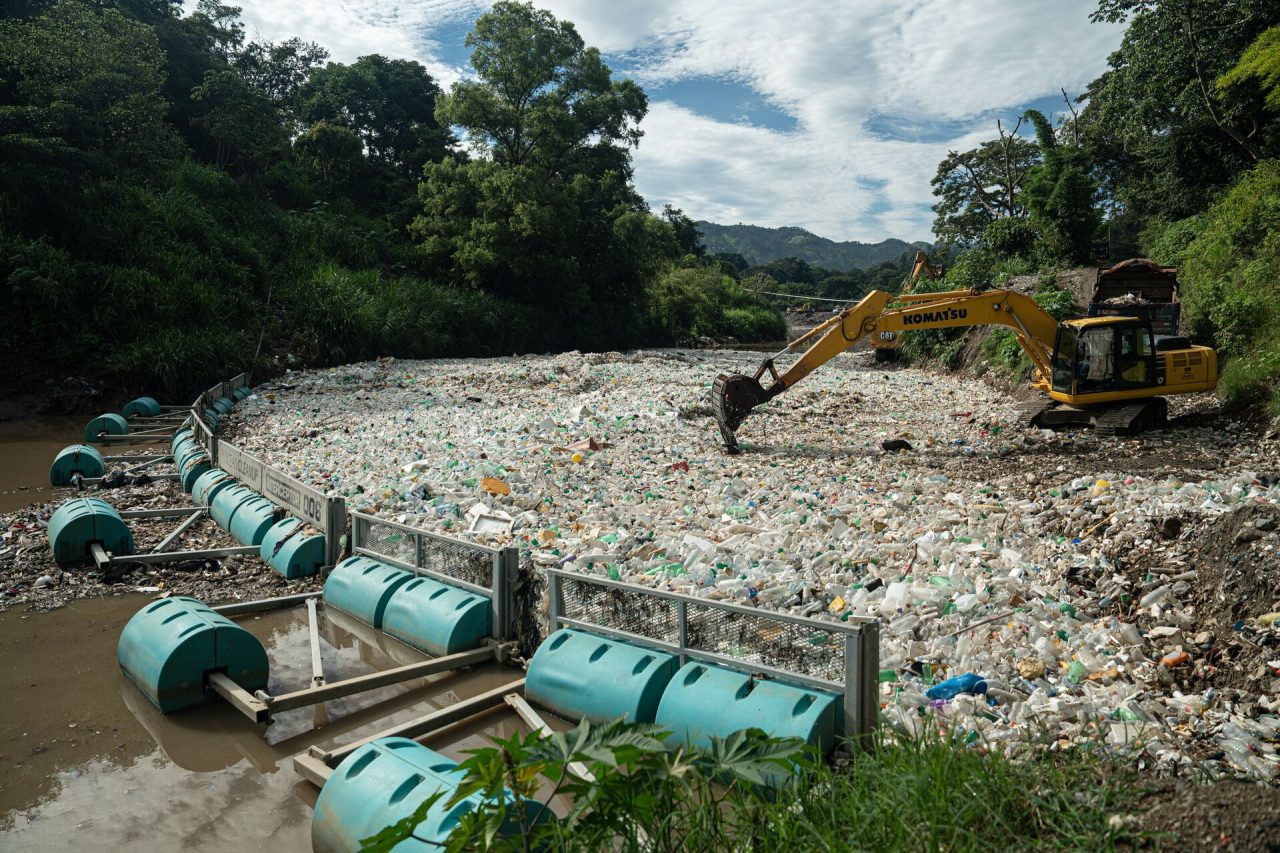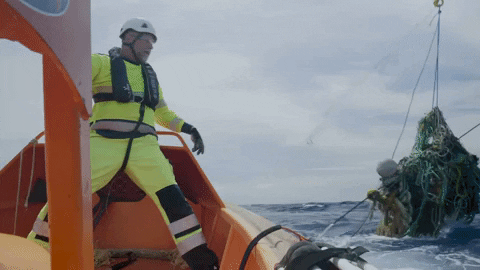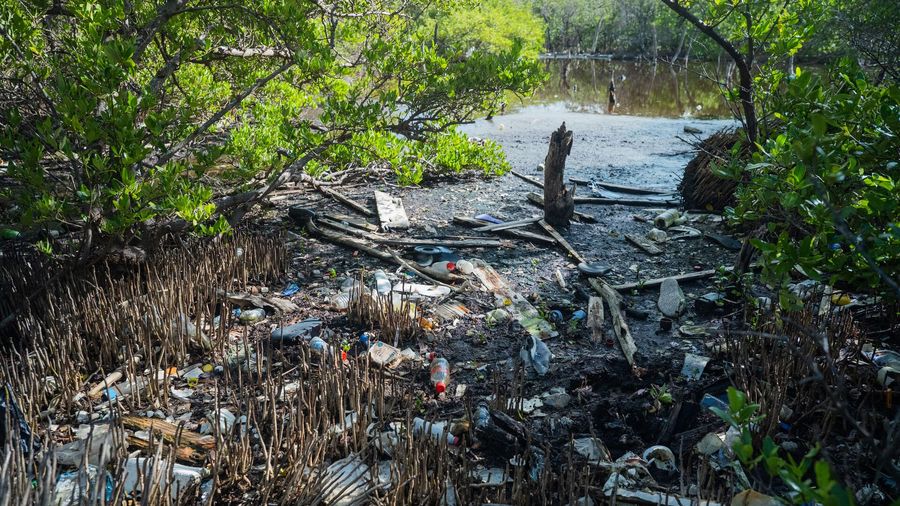
What is a coastal sweep?
Back to updatesThe Ocean Cleanup’s mission is to remove 90% of all floating plastic from the ocean, but to reach this point several things need to happen:
- Legacy pollution in coastal areas must be removed through coastal sweeps.
Our technological solutions are actively removing plastic from the Great Pacific Garbage Patch as well as some of the world’s most polluted rivers and waterways. These efforts are supported by our global affairs team, who participate in international policy conferences such as the Global Plastics Treaty to shape tangible responses to plastic pollution.
But what about the plastic found in coastal areas?
A large amount of the plastic waste that enters the ocean from land finds itself trapped in near-shore or coastal ecosystems such as beaches, gullies, mangroves, seagrass meadows, and coral reefs. These environments, apart from being critical biodiversity habitats, are directly tied to the health and livelihoods of local communities. Stemming the flow of plastic will help the ocean – but this will not be enough to support the recovery of local wildlife or improve the quality of life of affected inhabitants without removing the plastic already present within the ecosystem.
The Coastal Sweep
Coastal sweeps are data-driven cleanups of polluted areas downstream of one of our Interceptor projects. Carried out alongside the local community, these coastal sweeps are intended to remove as much legacy plastic and other waste from the area as possible.
Our first coastal sweep is taking place over a 55 km stretch of coastline in Guatemala, where local stakeholders downstream of the Rio Motagua are removing plastic pollution from the Gulf of Honduras. Ahead of the initial coastal sweep, we take scans of the area to serve both as a baseline for further monitoring, as well as to identify any pollution hotspots which need to be addressed.
These coastal sweeps are a major step towards restoring the local environment. They re-establish fish nursery habitats, boost coastal tourism, and strengthen natural storm surge defenses. For community members this yields a healthier social, economic, and cultural connection with the ocean. Ongoing monitoring will take place to ensure that these areas stay clean, and that plastic already within the coastal environment does not continue its journey towards the ocean and its gyres.












